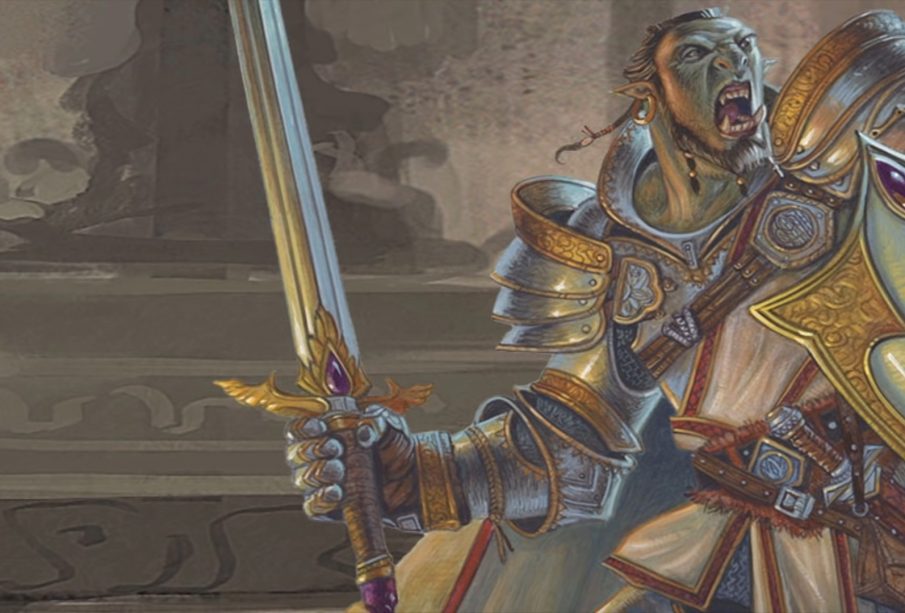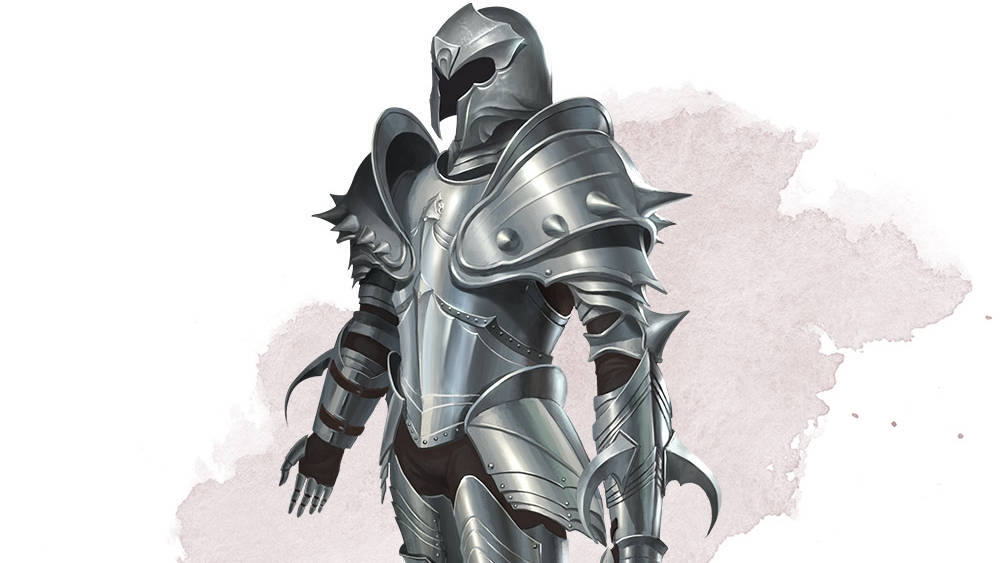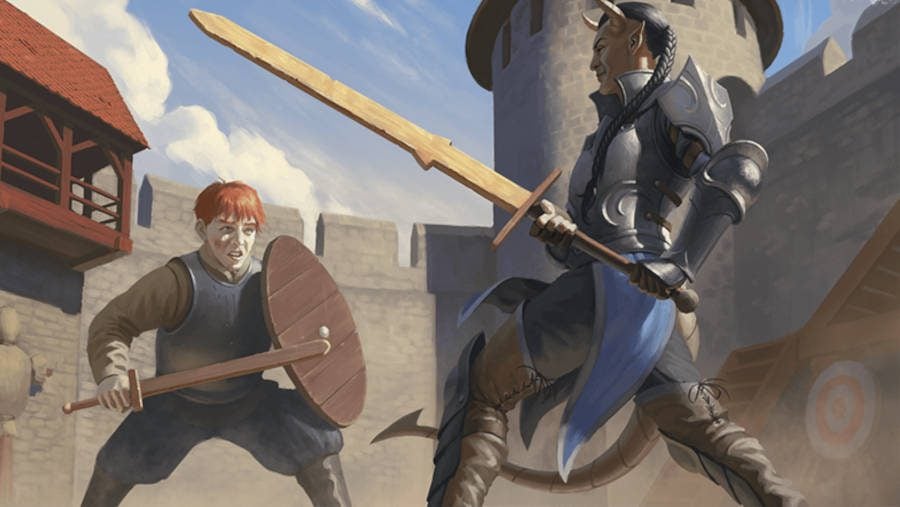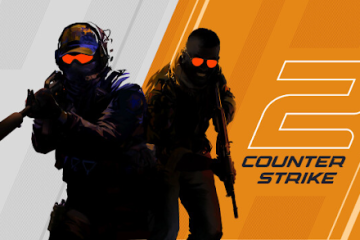Everything you should know about PALADIN 5E

Paladins are holy warriors who wield the wrath of their gods and are sealed by a binding vow. That gives them their power as long as they keep their honor and words. They often fit into the role of “knights,” charismatic and heavily armed figures, and are endangered head-on. paladin 5e are defined by oath and observance of norms.
Mechanically, it fills the gap between the priest and the warrior, making the spell cast much weaker than the priest, but the chances of damage. Easy entrance to heavy armor and shields means they usually act as tanks. Their hit damage makes them great damage dealers.
Table of Contents
Paladin 5e – O PALADIN
The paladin has its historical origins in the Twelve Peers of France. The elite guard of Emperor Charlemagne, led by the hero Roland, bearer of the famous sword Durandal. These knights, along with Charlemagne, are portrayed in medieval literature as champions of Christendom’s struggle against the Islamic threat, possess an unquestionable character, and always follow the path of truth, law, and order, continually willing to protect the weak and fight for just causes. Charlemagne’s paladins emerged as the literary figure of the medieval knight and his ideals of justice paladin 5e.
Suppose the paladin was linked to the deities of order and good in the fifth edition in previous editions. If it violates this oath, the paladin may lose his powers until he regrets his violation. paladin 5e are excellent defenders and very good attackers, especially in combat against lower planes and undead creatures. Still, they can also act as supporters with a little dedication from the player.
Paladin 5e – Attributes
Like the fighter, the paladin can act using STR or DEX as the main attribute for the attack. Also, it is important to have a good CON for the paladin to play safely on the front lines. In cases where STR is the main attack attribute, DEX can take the fourth-best attribute. Although heavy armor does not take the penalty for low Dexterity, DEX saving throws are relatively frequent.
Class Features
- Hit Points: The paladin’s class has a very good hit die since the d10 provides a very good amount of hit points for the character to act on the front lines.
- Divine Sense: This allows the paladin 5e to sense the presence of celestials, abysses, or undead, as well as places that have been blessed or cursed by a cleric.
- Lay on Hands: This class feature allows the paladin to use her sacred powers to heal her wounds or those of her allies, in addition to being able to heal diseases and neutralize poison. An attacking paladin should favor using this trait to heal herself. At the same time, a supporter should favor using this trait to heal her allies. The defender must use prioritize.
- Fighting Style: Defines the way the paladin fights. The attacker must select the Great Weapon Fighting option, and the supporter must select the Protection option.
- Spellcasting: Starting at 2nd level, the paladin becomes a spell user who uses the CHA as a base attribute, and this is why this is a key attribute for this class since the difficulty to resist the effects of spells, and the number of spells the paladin can prepare is directly linked to him. The paladin 5e, like the cleric, has access to all spells on the class spell list but can prepare a limited number of spells per day. The advantage of this is that the class provides a wide variety of spells and can adapt the list with the spells that the player considers the most useful for a given adventure. We’ll discuss the paladin’s spells later in Magic.
- Divine Smite: The paladin can use her spell slots to deal additional damage instead of casting a spell. When hitting an opponent, you can choose to use a spell space to deal additional radiant damage. This effect still deals additional damage die on fiend-type creatures (demons and devils) and undead.
Tricks
- Divine Guidance [Guidance] (C): Exceptional spell that enhances any skill check.
- Sacred Flame: A very good ranged option that deals radiant damage. Dexterity saves to avoid damage.
- (XGE) Toll the death: Necrotic damage is more times resisted than radiant damage. However, it can deal more damage and save it by wisdom, usually lower on monsters and beasts.
- (XGE) Word of radiance [Word of radiance]: Radiant damage in the area around paladin. A possible good option at low and medium levels if the circumstances arise.

Source: www.wargamer.com
Paladin 5e – Sacred Oath
From level 3, you will be able to select your Sacred Oath, that is, your subclass. Each one has a very similar style of play with medium differences in play.
1. Oath of Conquest (XGE)
A grate choice for relentless paladin looking for a more aggressive side when it comes to solving problems. This paladin is a bit more “egotistical” since none of the subclass’s abilities are supportive.
- Oath Spells: Mostly offensive and controlling. Therefore, you should have a good Charisma score. Agathis Armor is an excellent defensive option.
- Channel Divinity: Guided Strike works very well to secure a must-hit strike, while Conquering Presence is a decent control option.
Aura of Conquest: An offensive aura. You can combine it with Sentry and
- Pole Weapon Expert so that no enemy escapes from you.
- Snubbed Reprimand: Deal damage to enemies who passively hit you.
- Invincible Conqueror: Exceptional upgrade for those final campaign fights. Please activate it in the important fights to endure any punishment.
2. Oath of devotion
- This is the “standard” subclass of the paladin. Unlike similar classes where they only give small additional class abilities, Oath of Devotion improves dramatically at high levels. This subclass fits well in any construction.
Oath Spells: The worst list of all subclasses. Although it starts well with spells like Sanctuary or Protection against Good and Evil,
- The other spells leave a lot to be desired.
Channel Divinity: Holy Weapon makes your attacks much better if you have a high Charisma score.
- Expelling the layman is situational but very powerful in the right circumstances.
- Devotion Aura: Immunity to enchantment effects is something to be aware of.
- Purity of Spirit: Protection Against Good and Evil is a rare spell, and you now have it permanently active.
Sacred Nimbus:
- A little meh. +10 radiant damage and buff on saving throws against specific creatures.
3. Oath of Glory (TCE)
You have read many places that this subclass is weak, which I differ from. The subclass wins a lot if you want to go with polearms and have a good Charisma score.
- Oath Spells: Bad list overall, only saving 5th and 9th level spells.
- Channel Divinity: While neither option deals additional damage, they are not bad channeling at all. Unparalleled Athlete allows you to gain an advantage in Athletics and Acrobatics events as well as other bonuses. Inspiring Punishment grants a decent amount of temporary hit points to creatures of your choice in the amount you want. Too bad it doesn’t scale by level.
- Aura of Alacrity: For some reason, the aura of this ability is reduced to 5 feet when it is not even that good. +10 feet of movement is not such a powerful advantage.
- Glorious Defence: An excellent protection tool that increases an ally’s AC against the attack they will make. Also, if you are within range (10 feet), you can attack the target.
Living Legend:
- Best at level 20. If you miss an attack, you can make it hit automatically, you can reroll saving, and advantage throws on all Charisma checks.

Source: www.wargamer.com
4. Oath of the ancient
- The paladin wanted to be a ranger or a druid. Grants the paladin with tools of control that they would not otherwise obtain.
- Oath Spells: Certain spells are raw trash. This might be the best spell list if it hadn’t been filled with irrelevant spells.
- Channel Divinity: There are also no big surprises. For example, One Captured by Plants at the Hand of Nature’s Wrath while Banishing Heretics can be very powerful.
- Safeguard aura: You do not expect this in a class and less so. This aura is excellent.
- Immortal Sentinel: Equivalent to certain high-level spells. Very good class skill
Champion:
- Many features but limited to 1 minute.
5. Oath of the Watchers (TCE)
I only recommended it if you want to be faithful thematically. If I had to pick the worst paladin subclass, it would probably be this one.
Oath Spells: These are spells that enhance your work as an observer. Some of the spells are on your list, so don’t expect a big deal in this section either. Special mention to
- See invisibility, an indispensable spell.
- Channel Divinity: Neither option is exceptional. The watcher’s will is decent protection on non-physical saving throws, while renouncing the extra planar can be useful in certain campaigns.
- Sentinel Aura: Extra Initiative can be key as many fights don’t last longer than two or three turns. However, it would be best if you stayed close to your allies.
Watcher Reprimand: Empower your Watcher Will
- So that each ally who makes one of the successful Empowered saves enables you to spend your reaction dealing very mediocre damage to the enemy.
Deadly Bulwark:
- The only thing truly salvageable for a level 20 skill is the true vision at 120 feet.
6. Oath of Redemption (XGE)
It is a perfect kind of support that, in addition to fulfilling its role as a protector, can do large amounts of damage to the enemy by punishing the violent. Many control and protection spells make the Oath of Redemption, along with Aura of the Guardian, one of the best protector options of all classes. You are going to take a
a lot of damage so that any protection will be little.
- Oath Spells: Excellent spells, all of their control and each better. Sanctuary is a great low-level option to safeguard an ally in distress, and the list only gets better.
- Channel Divinity: Both options are great. Emissary of Peace grants you +5 to Persuasion for 10 minutes while Smite the Violent damages enemies who attack an ally with the same amount of damage they deal.
- Guardian Aura: At the cost of your reaction, you can have the damage taken by an ally be taken by you. It doesn’t work well with combat styles as a protector since they also consume your reaction.
- Protective Spirit: A very good tool to survive damage suffered by Guardian Aura or direct damage. Free heal at the end of each turn if you are below half your life.
- Emissary of Redemption: You gain resistance to all damage, and when to hit, you do half the damage suffered to the attacker.
7. Oath of vengeance
The aggressive underclass par excellence. Vow of Enmity is key to launching yourself against the enemy of the campaign and that this cannot escape from you.
- Oath Spells: Very good spells where you will find a very good mix of utility, damage, and empowerment spells.
- Channel Divinity: Vow of Enmity is superior to its counterpart, Renounce the Enemy. With a vote of hostility, you can stand up to any enemy, empower yourself beforehand and defeat him without much difficulty.
- Relentless Avenger: With the construction of weapons with antlers, this ability becomes your best tool to reposition yourself and continue.
- Soul of Vengeance: Boost your Vow of Enmity, causing you to hit the enemy with your reaction.
Avenging Angel:
- Quite disappointing. Flight to level 20 and scare in area.
Final considerations
The paladin is an honourable knight who seeks to fight evil and protect the helpless. While he values everything well, that doesn’t mean he has to be naive unless the player wants to. A low-level paladin would not attack an evil dragon directly, knowing it would be suicide. Instead, he would try to take as many people as possible away from the beast’s attack.








